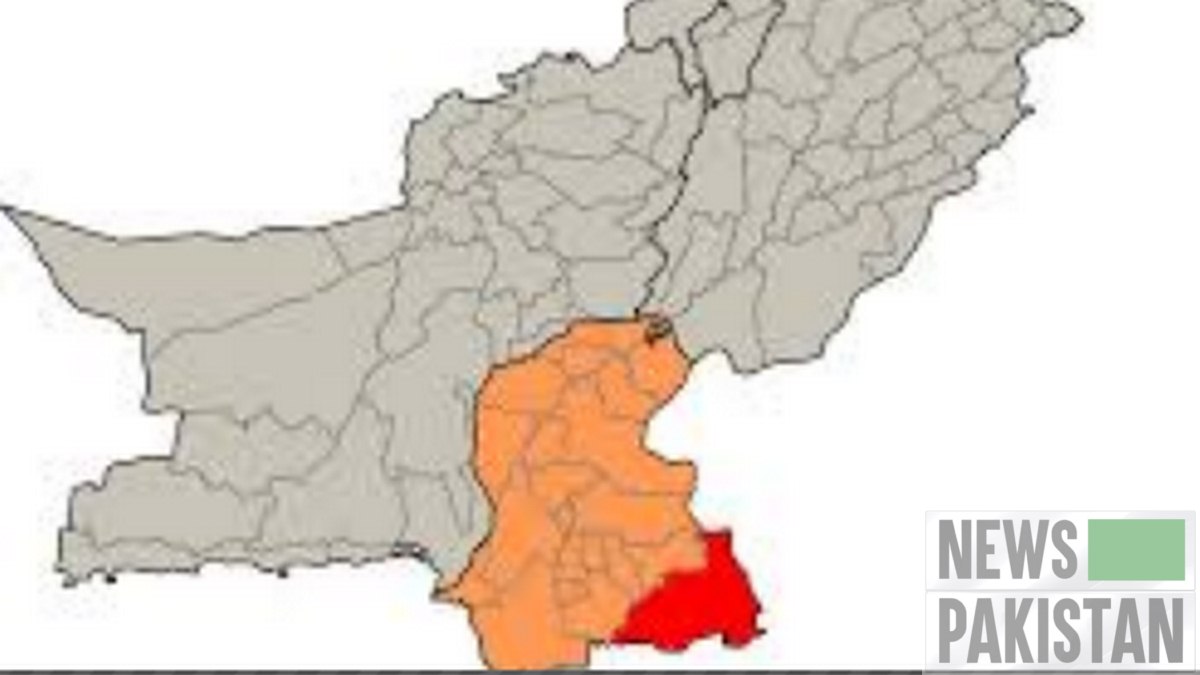HYDERABAD: The 7th largest desert in the world is renowned for being the only fertile desert. However, due to limited rainfall, the area faces a scarcity of water, even for basic needs.
Consequently, the residents are unable to fully capitalize on the land’s fertility, a social media report said.
Nonetheless, the desert’s fertility has resulted in the natural growth of trees, enhancing its beauty.
During the rainy season, which typically spans from July to September, the desert transforms into a mesmerizing landscape, attracting tourists primarily from the Sindh province and occasionally from other regions.
Following the rainy season, there are sufficient water reserves in the form of ponds, providing the local population with water for about three months.
While the pond water serves as a major drinking source for both humans and animals, it is understandably not as clean as desired.
Nevertheless, it offers a crucial alternative in the absence of water scarcity.
Wells are the primary source of water in the area, but the groundwater level can reach depths of up to 200 feet, which further increases during periods of no rainfall.
Traditionally, women undertake the task of fetching water from the wells using ropes.
Given the significant depth of the water, a single woman cannot fetch water alone.
It requires a team of five to six women to collectively pull a single bucket of water from the well.
Newspakistan.tv/APP





